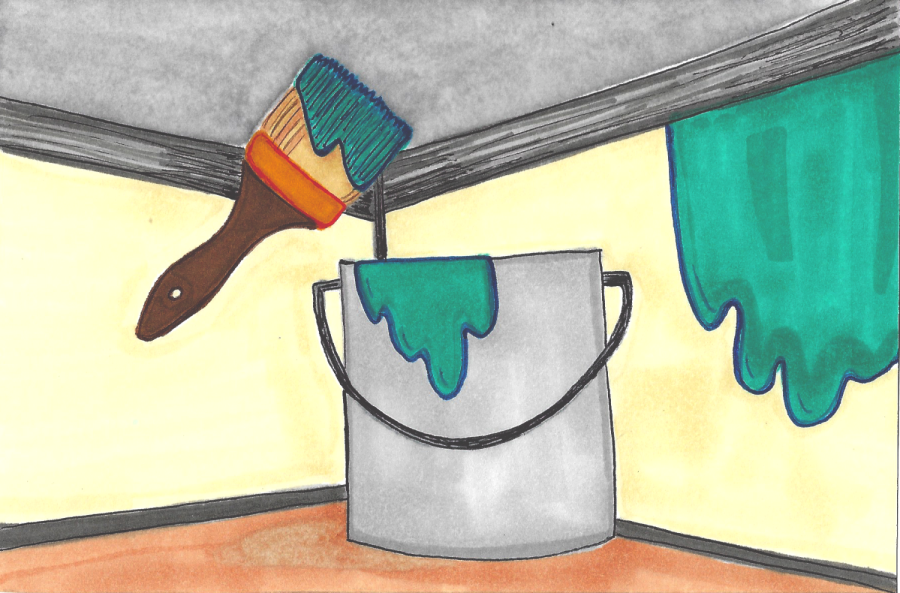The PCL: the backrooms of UT
March 30, 2023
The Perry-Castañeda Library causes heated debate on campus. Some students consider it their favorite study space, while others abhor the very thought of walking through its doors. With its yellow walls, tan carpet and humming fluorescent lights, to some it almost feels like the subliminal backrooms of UT.
The PCL is long overdue for an internal renovation. While the fifth floor is a colorful and stimulating space, trying to find a cozy and secluded spot anywhere else is difficult. Every other floor, painted in pale yellows or grays, feels aesthetically jarring and unwelcoming. Many students do not consider the PCL to be a stimulating work environment; therefore students do not utilize it as the valuable workspace it is intended to be.
It is widely accepted that environments affect mental wellbeing. UT should renovate every floor of the PCL to create a wide variety of colorful, well-lit workspaces.
Allison Gaskins, an assistant professor of practice at the School of Architecture, teaches a course specializing in environmental psychology. She explained that there is actually no correct or universally beneficial environment as to what an ideal study space looks like.
“The most we can do with our spaces is actually provide adaptability, and what’s called affordance,” Gaskins said. “What that means is you design enough flexibility in whatever kind of system that might be.”
While the yellow walls of the PCL might seem eerie, simply swapping it for another color alone might not make a difference.
“People might have a very natural, calming sense of light pastel colors, because actually, their brain is remembering when they are surrounded with those colors as a young child,” Gaskins said. “Color is subjective, so various colors evoke different emotions depending on the person.
Instead, Gaskins suggests adding a variety of colors to make the PCL a more stimulating space.
“I wouldn’t propose a (single) color.” Gaskins said. “What I would actually be doing is proposing something like a mural, you know where you have lots of colors.”
This would allow a wide array of students to identify with the space, and it would add the versatility that is important to fostering a stimulating workspace.
“I definitely think the aesthetics of the fifth floor are the best because there’s more color,” said Klaudia Misztal, a psychology and Plan II freshman.
Misztal said that while she likes to study on the third floor, sometimes she leaves because it can get too bland.
“I think color definitely helps,” Misztal said. “It makes it more encouraging.”
Lighting is also important to nurturing a stimulating study space.
“(Light temperature) actually maps your mood and your level of sleepiness, drowsiness or alertness,” Gaskins said. “A place that requires a lot of intense focus will have a super almost bluish (light).”
The PCL lights have a slight variation between the different floors. The fifth floor study spaces have lights that are brighter and contain a bluer hue. All of the other floors contain much warmer lights.
“If (the PCL lights) are older, they’re probably on the more yellow and warmer side,” Gaskins said. “That is good for relaxing and quiet times but not necessarily for studying if you want to be hyper focused.”
Currently, the interior design of the PCL is not suited for a stimulating environment. Updating the various floors would allow students to be more productive and promote a better sense of wellbeing while inside of the PCL.
Lack is a dance and Plan II freshman from San Angelo, Texas.
















